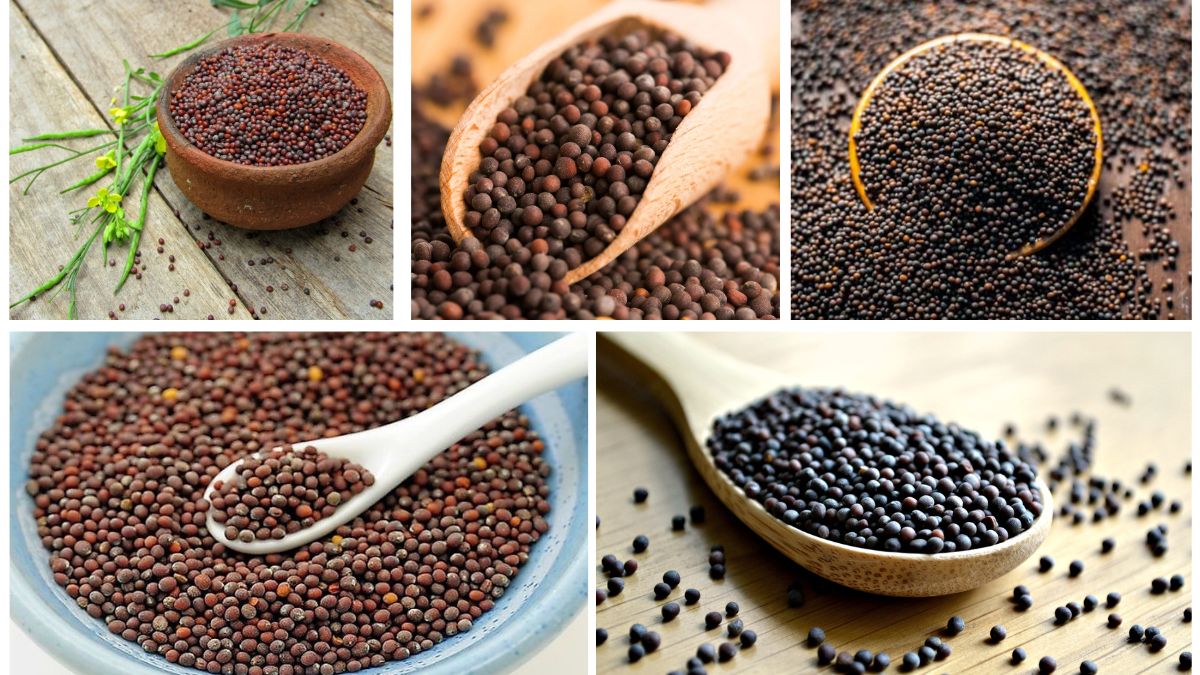Mustard seeds, the tiny powerhouses of flavor, spice, and nutrition, have been cultivated for thousands of years. Known for their pungent taste and versatile uses in cooking, mustard seeds are central to global cuisine—from tangy mustard condiments in the West to aromatic curry pastes in South Asia. Beyond the kitchen, mustard seeds play a role in agriculture as cover crops, in traditional medicine, and as a source of mustard oil, which is highly valued in many countries.
But among all the nations that cultivate this ancient crop, which country is the world’s top mustard seed producer? Let’s explore this in detail, along with global production trends, uses, and the future of mustard cultivation.
The Global Significance of Mustard Seeds
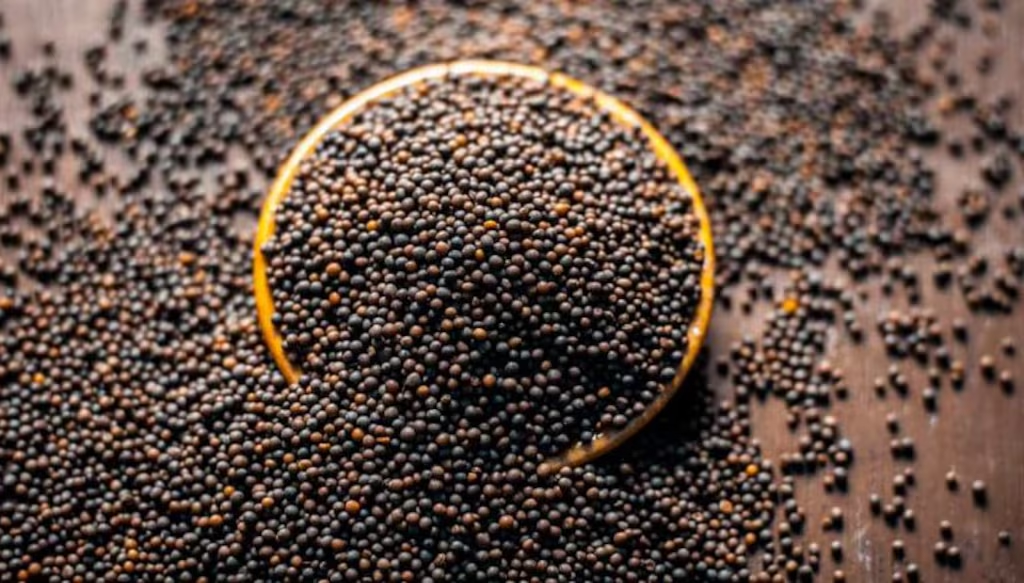
Mustard seeds come from the mustard plant (Brassica spp.), which includes three major types:
- White or Yellow Mustard (Brassica alba) – Milder flavor, often used for yellow mustard condiments.
- Brown Mustard (Brassica juncea) – Spicier and common in Indian cuisine and mustard oil production.
- Black Mustard (Brassica nigra) – Highly pungent, primarily used in traditional recipes and pickling.
Why Mustard Seeds Matter
- Culinary Uses: Mustard seeds are used whole, ground into powder, or pressed into oil. Mustard oil, in particular, is a staple in South Asian cooking.
- Nutritional Value: Rich in protein, fiber, and omega-3 fatty acids, mustard seeds are healthy additions to the diet.
- Industrial Uses: Mustard oil is used in cosmetics, massage oils, and even in some biodiesel formulations.
- Agricultural Benefits: Mustard plants improve soil fertility and are used as cover crops to prevent soil erosion.
Globally, mustard seeds are cultivated in over 30 countries, with production concentrated in South Asia, North America, and parts of Europe.
Global Mustard Seed Production
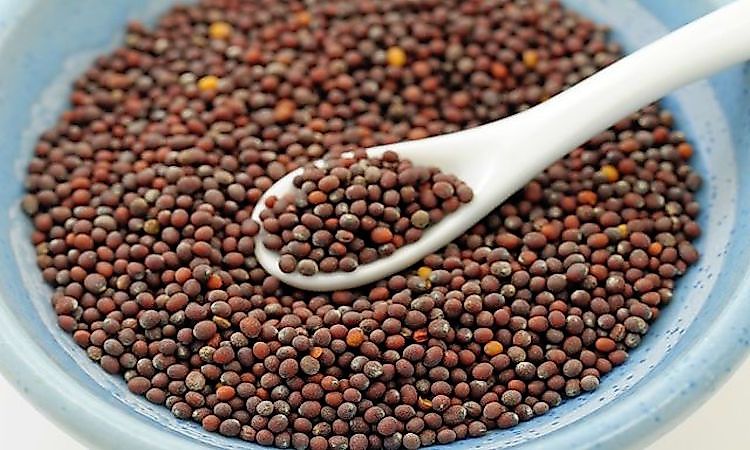
According to the Food and Agriculture Organization (FAO), global mustard seed production is around 3 million metric tons annually, though this fluctuates depending on climate and market demand.
The top producers include:
- India
- Canada
- Nepal
- Russia
- Ethiopia
Among these, India is the undisputed world leader in mustard seed production, producing nearly half of the global supply.
India – The World’s Largest Mustard Seed Producer
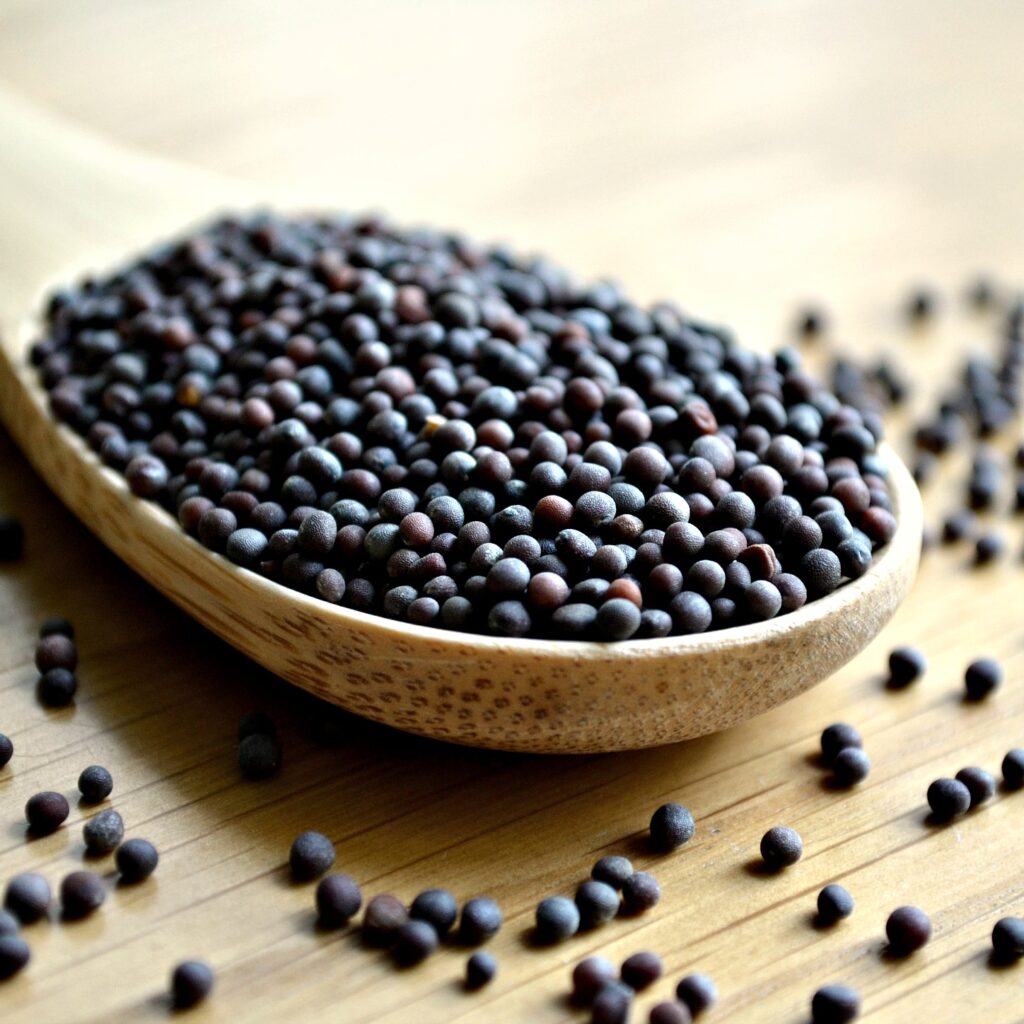
India produces about 1.5 million metric tons of mustard seeds annually, contributing roughly 45–50% of global production.
Why India Leads
- Ideal Climate and Soil – Mustard thrives in temperate to subtropical climates. India’s northern and western states, particularly Rajasthan, Uttar Pradesh, Haryana, Madhya Pradesh, and Gujarat, offer fertile soils and moderate rainfall suitable for mustard cultivation.
- Large Cultivation Area – India dedicates over 6 million hectares to mustard farming. The crop is mostly rain-fed, though irrigation is used in some regions.
- Culinary and Cultural Demand – Mustard seeds are essential in Indian cuisine, for pickles, curry bases, and tempering dishes. Mustard oil is widely used for cooking and as a traditional health oil.
- Government Support – India’s government provides subsidies, minimum support prices (MSP), and research support for mustard crops, encouraging high production levels.
Challenges for Indian Mustard Farmers
- Climate Variability: Erratic rainfall or droughts can reduce yields.
- Pest and Disease Pressure: Mustard crops are susceptible to aphids, white rust, and downy mildew.
- Price Fluctuations: Global and domestic market fluctuations can affect farmer incomes.
Despite these challenges, India’s dominance in mustard seed production remains strong due to a combination of favorable natural conditions, cultural importance, and government policies.
Canada – The Second Largest Producer
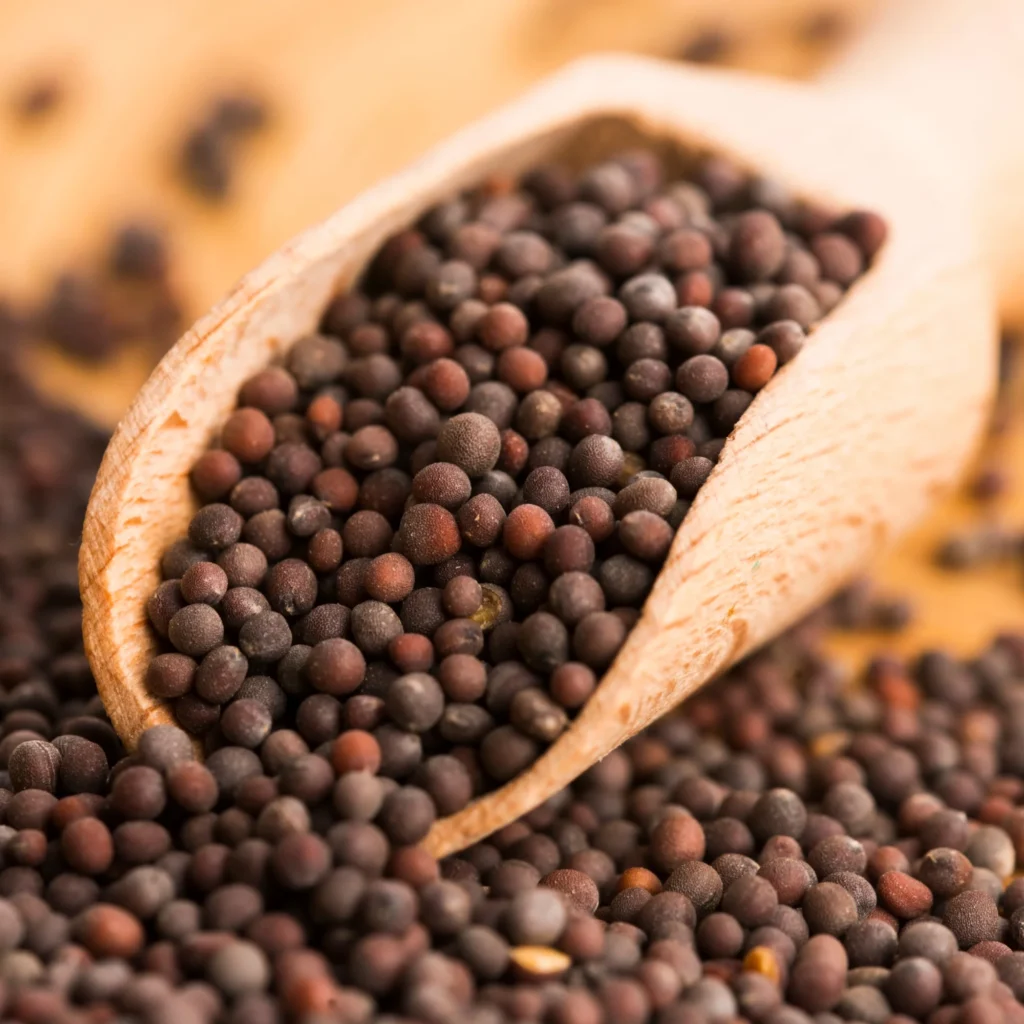
Canada is the second-largest mustard seed producer globally, with annual production of about 500,000–600,000 metric tons.
Highlights of Canadian Mustard Production
- Prairie Provinces Lead – Saskatchewan, Alberta, and Manitoba are the primary regions for mustard cultivation.
- High-Quality Seeds – Canada specializes in producing brown and yellow mustard varieties, prized for export markets.
- Export-Oriented Agriculture – About 80–85% of Canadian mustard seeds are exported, primarily to the United States, Europe, and Asia.
Challenges in Canada
- Shorter Growing Season – The cooler climate and shorter summers limit production compared to India.
- Climate Events – Late frosts or excessive rainfall can impact yields.
Nonetheless, Canada is known for high-quality mustard seeds that dominate the global export market.
Other Significant Mustard Seed Producers
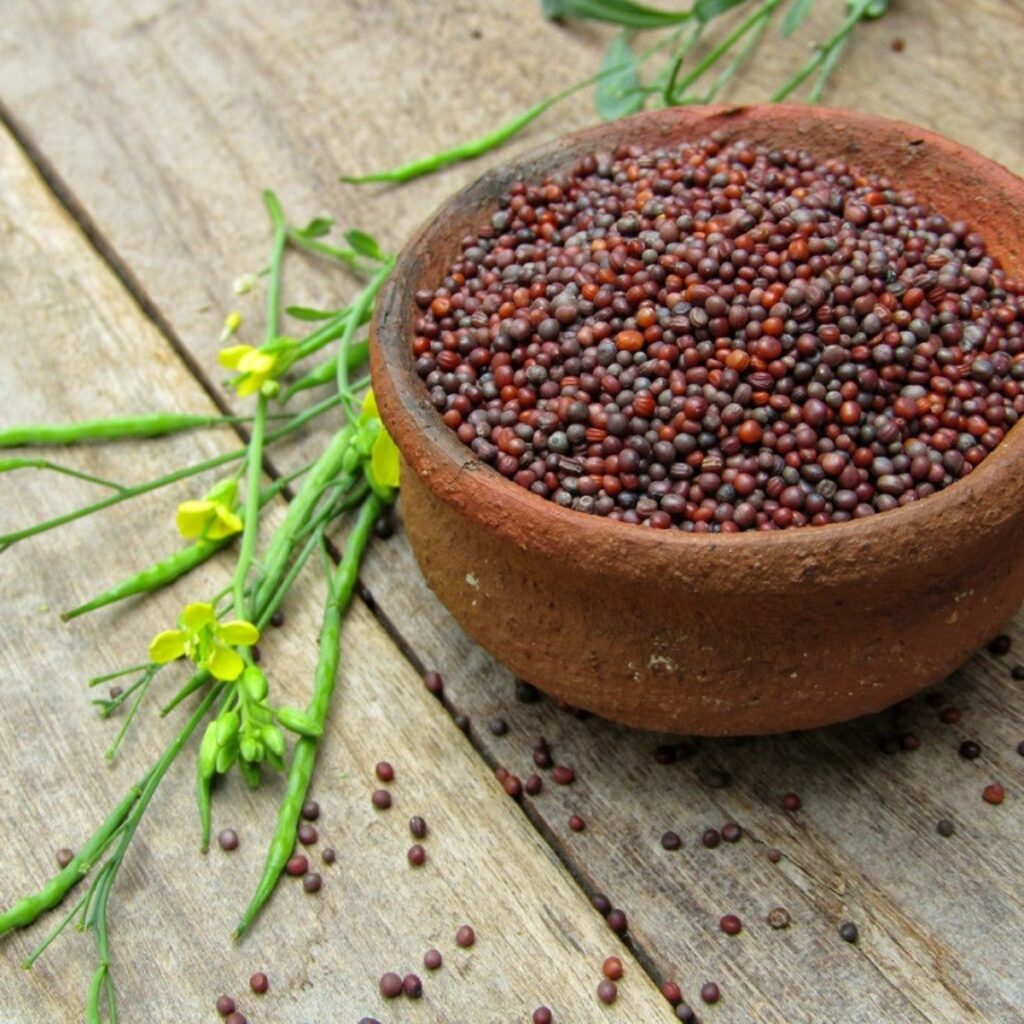
Nepal
Nepal produces around 200,000–250,000 metric tons annually, making it the third-largest producer. Mustard seeds are crucial for domestic consumption and cooking oil production.
Russia
Russia produces nearly 150,000–200,000 metric tons, mostly for domestic consumption and limited export. Mustard seeds are used in condiments and traditional recipes.
Ethiopia
Ethiopia contributes about 100,000–150,000 metric tons, primarily for local consumption and small-scale export. Mustard is used in cooking and as an industrial oil source.
Other notable producers include China, Bangladesh, and Poland, though their output is smaller compared to India and Canada.
Global Mustard Seed Trade
The global mustard seed trade revolves mainly around Canada and Europe, as India consumes the majority of its production domestically.
- Top Exporters: Canada, Nepal, and Germany.
- Top Importers: India, the United States, European countries, and Japan.
Mustard seeds are traded both as whole seeds and in processed forms like mustard powder or mustard oil, with global trade valued at over $1 billion annually.
Uses of Mustard Seeds Worldwide
- Culinary: Used as whole seeds for tempering, ground into powder for sauces, or pressed for oil.
- Health and Wellness: Mustard oil and seeds are used in traditional medicine and massage therapies.
- Industrial: Mustard oil has applications in cosmetics, soaps, and biofuel production.
The versatility of mustard seeds contributes significantly to their global demand.
Challenges in Global Mustard Production
- Climate Change – Unpredictable rainfall and temperature extremes affect yields.
- Pests and Diseases – Aphids, white rust, and downy mildew threaten crops worldwide.
- Market Volatility – Price fluctuations and trade barriers can impact farmer income.
- Soil Fertility – Continuous cultivation without proper crop rotation can reduce productivity.
Addressing these challenges requires research, better pest management, sustainable farming, and climate-resilient seed varieties.
The Future of Mustard Seed Production
As global demand for edible oils, condiments, and plant-based foods rises, mustard seeds are set to play an even more significant role.
Key Trends
- High-Yield Varieties – Development of pest-resistant, high-oil-content mustard varieties.
- Sustainable Practices – Crop rotation, organic fertilizers, and integrated pest management.
- Value Addition – Increased processing into mustard oil, mustard paste, and condiments for domestic and export markets.
- Expanding Cultivation Areas – Countries in Africa and South America are exploring mustard cultivation to meet growing global demand.
With these advancements, mustard seeds will continue to strengthen food security, agricultural economies, and culinary traditions worldwide.
Conclusion
So, which country is the world’s top mustard seed producer? The answer is India, producing nearly 1.5 million metric tons annually, which accounts for almost half of global production. Canada follows as the second-largest producer, focusing on high-quality exports, while countries like Nepal, Russia, and Ethiopia contribute significantly to the global supply.
Mustard seeds are more than just a spice—they are a vital crop for nutrition, cooking, industry, and trade. As global demand for plant-based foods and edible oils grows, mustard seeds will continue to hold a prominent place in agriculture and cuisine, sustaining farmers, consumers, and economies worldwide.
